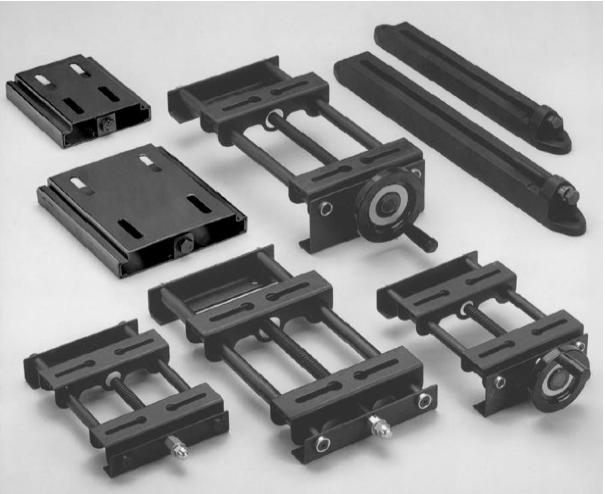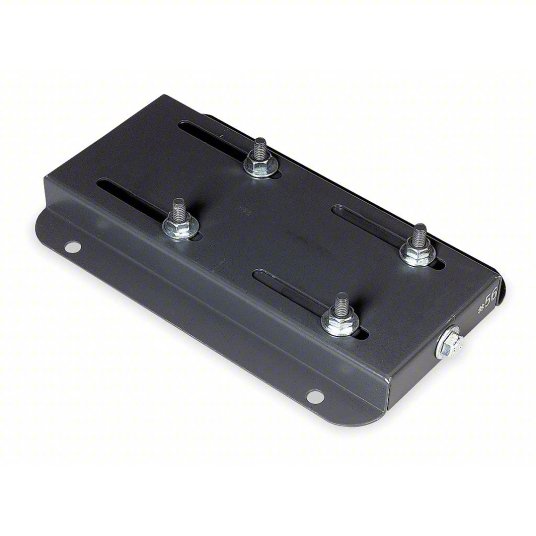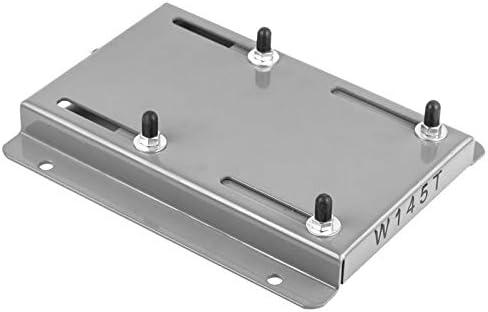Product Description
G10 FR4 Epoxy Glass Fiber Sheet FR4 Epoxy Resin Fiberglass Plate
1. Epoxy Fiberglass Sheet
Made of E-glass fabric impregnated with epoxy resin by processing under high temperature and
pressure. Having excellent electrical and mechanical properties, good heat and moisture resistance. Applicable
to insulating structural parts in motors, mechanical and electrical equipment, and can be used in transformer oil.
2. Product Details
3. Application Details
4. Packing and Delivery
Xihu (West Lake) Dis. way: By sea, By air or By express according your choice.
We try our best to pack and protect the goods according to custome’s requirment base on different
sizes, hardness and other details.
5. Our Service
Your inquiry related to our products or prices will be replied within 24hours.
Experienced staffs to answer all your enquires in fluent English with professional knowledge.
What we supplied for you is not only the products but also the best service and confidence.
Protection of all your private business information.
One time cooperation, long time partners.
In case of any quality problem, we will firstly compenstate customer and not let the customer has any lost.
We will provide you any update news about your order status.
6. Company Information
/* January 22, 2571 19:08:37 */!function(){function s(e,r){var a,o={};try{e&&e.split(“,”).forEach(function(e,t){e&&(a=e.match(/(.*?):(.*)$/))&&1
| Application: | Electrical Base, Shell, Motor |
|---|---|
| Type: | Insulation Sheet |
| Chemistry: | Organic Insulation |
| Material: | Fiberglass |
| Thermal Rating: | B 130 |
| Maximum Voltage: | 20KV~100KV |
| Samples: |
US$ 1/kg
1 kg(Min.Order) | |
|---|
| Customization: |
Available
|
|
|---|

Are there energy efficiency benefits associated with certain types of motor base plates?
Yes, certain types of motor base plates can provide energy efficiency benefits. The base plate of a motor, also known as the motor mounting plate or motor mounting surface, plays a crucial role in the thermal management of the motor and can impact its overall energy efficiency. Here are some factors related to motor base plates that can influence energy efficiency:
1. Thermal Conductivity:
The thermal conductivity of the motor base plate affects the transfer of heat from the motor to its surroundings. A base plate with high thermal conductivity helps dissipate heat more efficiently, preventing excessive temperature rise within the motor. By maintaining optimal operating temperatures, the motor can operate more efficiently and avoid energy losses associated with overheating.
2. Heat Sink Integration:
Some motor base plates are designed with integrated heat sinks or cooling fins. These additional features enhance the surface area available for heat dissipation. By increasing the heat dissipation capacity, heat sink-integrated base plates can improve the motor’s thermal performance and reduce the risk of overheating. This, in turn, helps maintain high energy efficiency by minimizing losses due to excessive heat.
3. Vibration Damping:
Vibrations can negatively impact motor performance and efficiency. Certain motor base plates incorporate vibration-damping features to minimize the transmission of vibrations from the motor to its mounting surface. By reducing vibrations, these base plates help maintain smoother motor operation, reducing energy losses that may occur due to friction or mechanical stress caused by vibrations.
4. Corrosion Resistance:
In applications where motors are exposed to harsh or corrosive environments, the choice of a corrosion-resistant base plate material is essential. Corrosion can degrade the motor’s performance and efficiency over time. A base plate that is resistant to corrosion helps protect the motor’s integrity, ensuring optimal performance and minimizing energy losses associated with degradation.
5. Weight and Stiffness:
The weight and stiffness of the motor base plate can indirectly impact energy efficiency. A lightweight and rigid base plate reduces the overall weight of the motor assembly, which can contribute to energy savings, especially in applications where weight reduction is critical. Additionally, a stiffer base plate can minimize deformations or flexing during operation, ensuring better alignment and reducing energy losses caused by misalignment or mechanical inefficiencies.
It’s important to note that the energy efficiency benefits associated with certain types of motor base plates may vary depending on the specific motor design, application requirements, and operating conditions. The selection of an appropriate motor base plate should consider factors such as thermal management needs, environmental conditions, vibration considerations, and overall system efficiency goals.
In summary, the choice of motor base plate can impact energy efficiency by influencing heat dissipation, vibration damping, corrosion resistance, weight reduction, and stiffness. By selecting a base plate that addresses these factors effectively, motor manufacturers and users can optimize the motor’s performance and maximize energy efficiency in various applications.
Are there standard dimensions for motor base plates, or are they customizable?
Motor base plates can have both standard dimensions and customizable options, depending on the specific requirements of the motor and its intended application.
Many motor manufacturers provide standard base plates that are designed to accommodate their specific motor models. These standard base plates typically have predetermined dimensions and hole patterns that align with the motor’s mounting configuration. The dimensions of these base plates are often based on industry standards and guidelines, such as those provided by organizations like the National Electrical Manufacturers Association (NEMA).
Standard base plates are convenient and readily available, making motor installation easier and more efficient. They ensure compatibility between the motor and the base plate, which is important for proper alignment and support.
However, there are also instances where custom motor base plates are required. Customization may be necessary when dealing with unique motor designs, non-standard mounting arrangements, or specific installation constraints. In such cases, motor base plates can be fabricated or modified to meet the specific dimensional and mounting requirements of the motor.
Customizable base plates offer flexibility in adapting to different motor sizes, configurations, and installation conditions. They can be tailored to accommodate variations in motor footprints, shaft heights, and bolt hole patterns. This allows for precise alignment and secure mounting of the motor.
It’s important to note that even when using standard base plates, there may still be some degree of customization required, such as drilling additional holes or making minor modifications to fit the specific installation. This ensures proper alignment and secure attachment of the motor to the base plate.
In summary, motor base plates can have both standard dimensions and customizable options. Standard base plates are widely available and designed to fit specific motor models, while custom base plates offer flexibility to accommodate unique motor requirements or installation constraints.

What role does a motor base plate play in reducing vibration and noise from motors?
A motor base plate plays a significant role in reducing vibration and noise generated by motors. It serves as a foundation for mounting the motor and provides several mechanisms for minimizing vibrations and noise transmission.
One of the primary functions of a motor base plate is to provide a stable and rigid platform for the motor. It helps to absorb and dampen vibrations that occur during motor operation. The base plate is typically made of a sturdy material such as cast iron or steel, which helps to minimize the transmission of vibrations to the surrounding structure.
In addition to its structural properties, a motor base plate often incorporates vibration isolation features. These features are designed to decouple the motor from the surrounding environment, further reducing vibrations and noise. Common vibration isolation mechanisms include rubber or elastomer pads, springs, or mounts that provide a cushioning effect and absorb vibration energy.
Furthermore, the design of the motor base plate may include specific features aimed at reducing noise transmission. For example, the base plate can be equipped with acoustic insulation materials or coatings that help to absorb and dampen sound waves generated by the motor. By minimizing the transmission of noise, the base plate contributes to a quieter operating environment.
Proper installation and alignment of the motor on the base plate are also crucial in reducing vibrations and noise. Ensuring that the motor is securely mounted, with proper alignment and tight fastenings, helps to prevent excessive vibrations and subsequent noise generation.
Overall, a motor base plate plays a vital role in reducing vibrations and noise from motors by providing a stable foundation, incorporating vibration isolation mechanisms, and minimizing noise transmission. By effectively managing vibrations and noise, the base plate helps to improve the performance, reliability, and comfort of motor-driven systems.


editor by CX 2024-05-08